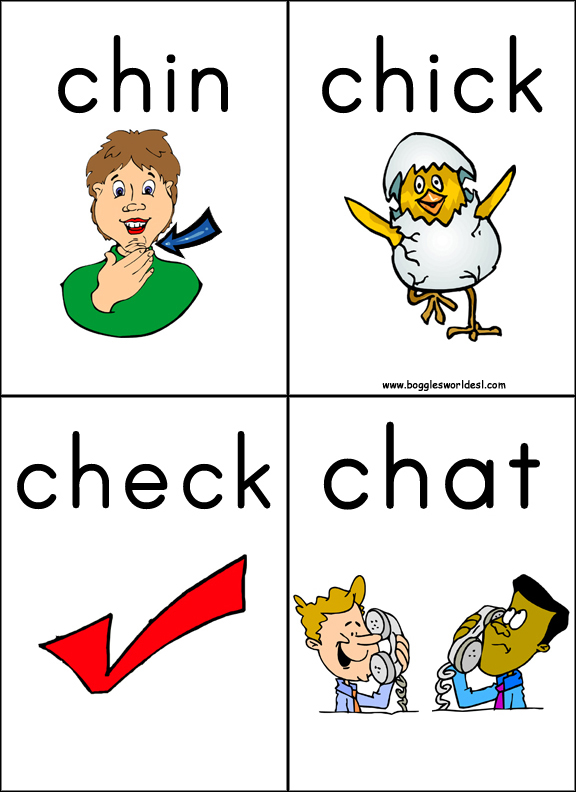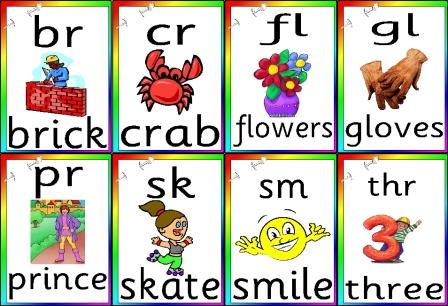PHONOLOGY
Phonology is the study of how sounds are organized and used in natural languages, It is related to other aspects such as phonetics, morphology, syntax, and pragmatics.
Phonology is the science of speech sounds including especially the history and theory of sound changes in a language or in two or more related languages.
The study of speech sounds in language or a language with reference to their distribution and patterning and to tacit rules governing pronunciation
phonology, study of the sound patterns that occur within languages. Some linguists include phonetics, the study of the production and description of speech sounds, within the study of phonology.
http://global.britannica.com/EBchecked/topic/457313/phonology
1. What is the difference between phonetics and Phonology?
PHONETICS
|
PHONOLOGY
|
|
Phonetics deals with the production of speech sounds by
humans, often without prior knowledge of the language being spoken.
|
Phonology is about patterns of sounds, especially different patterns of
sounds in different languages, or within each language, different patterns of
sounds in different positions in words .
|
|
Phonetics has some subcategories,
but if not specified, we usually mean the "articolatory phonetics"
that is "the study of the production
of speech sounds by the articulatory and vocal tract by the speaker".
|
Phonology is about establishing
what are the phonemes in a given language, i.e. those sounds that can bring a
difference in meaning between two words.
|
|
Phonetic transcriptions are done
using the square brackets,
[ ]. |
A phoneme is a phonic segment
with a meaning value.
|
|
Phonetics refers to audible
sounds. It involves what actually happens in the mouth, throat, nasal and
sinus cavities, and lungs in order to produce sounds.
|
Phonology focuses
on the physical production of sound as well as the meaning behind it.
Basically, phonetics refers to sound and phonology refers to meaning.
|
|
2. Identify 3 goals of phonology.
- to investigate the structure of speech, how it functions linguistically in the languages of the world.
- to gain practical experience in producing and transcribing speech patterns of any language.
- to segment the continuous flow of sound into discrete, identifiable, and recurring units, thus matching the native speaker's intuitive phonetic abilities;
- to make a complete inventory of the sounds of a language;
- to describe each sound in terms of its articulation and acoustics;
- to describe the elements of pronuciation besides the sounds (the suprasegmental elements).
3. Define this words: Phoneme, Letter, Digraph, Consonant cluster, allophone.
Phoneme:
The smallest sound unit in a language that is capable of conveying a distinct meaning, such as the s of sing and the r of ring. Is represented between slashes by convention
| Example: | /b/, /j/, /o/ |
Letter:
a written element of an alphabet
Digraph:
A pair of letters representing a single speech sound, such as the ph in pheasant or the ea in beat.

Consonant:
is a speech sound that is not a vowel. It also refers to letters of the alphabet that represent those sounds: Z, B, T, G, and H are all consonants
Consonant Clusters:
A consonant cluster (sometimes known as a consonant blend) is a group of consonants that appear together in a word without any vowels between them.

4. How many phonemes of English vowels are there? Give an example of each.


5. What is the stress of a word? Mark the stress of the following words by underlining the syllabus.
is the relative emphasis that may be given to certain syllables in a word, or to certain words in a phrase or sentence.
Table - Happy - Geographic - Revelation - Photography - Critical - Greenhouse - Understand
No hay comentarios:
Publicar un comentario